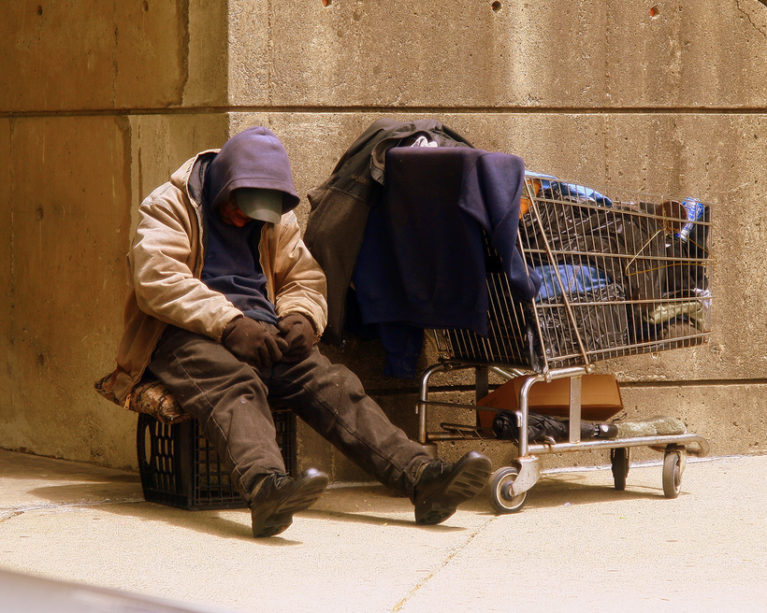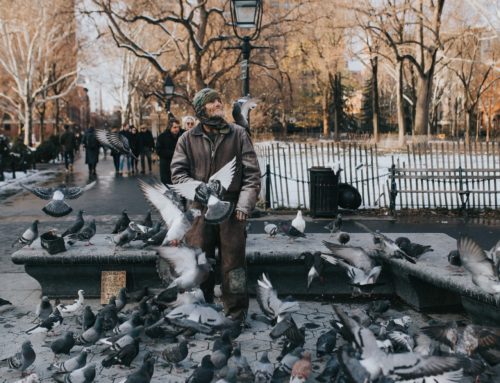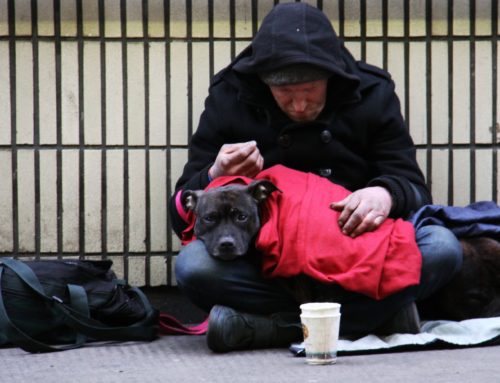This post was originally featured on HuffingtonPost.com
It’s a little-known fact that the City of New York is legally obliged to provide housing for those without it, but with the explosion in the city’s homeless population, you’d be forgiven for not knowing that.
The number of people staying in shelters in New York City has grown by over 10,000 since Mayor de Blasio took office to more than 60,000, with no relief in sight. There is no official estimate for those who are not in shelters, but needless to say the total number of homeless in the city is a great deal higher. After committing to a record $1.6 billion in spending to fight the problem, the city has seen no reduction in the number of people forced onto our streets. Needless to say, there is no shortage of disturbing facts about this issue, but a look at our city streets is all one needs to realize it’s getting worse. What’s absolutely clear by now is that it’s not simply a matter of money. How could the problem be getting worse when our Mayor has made such a public stance against it?
One reason for the growth in the homeless population is also a fundamental source of consternation for most New Yorkers over the past decade or so. It’s no secret that, nationwide, housing affordability is a major issue, and New York City is home to some of the most egregious examples of this. As neighborhoods transform, housing costs go up and many working-class residents end up being priced out to make room for new arrivals. As you go down the earnings line, those at the bottom too often end up homeless after losing their jobs, sometimes even while they are still working. As much as affordable housing is a political bargaining chip, there is still not nearly enough of it to satisfy the needs of lower-income New Yorkers.
The buck doesn’t stop at City Hall, either. Decision-makers in Albany have made their own contributions to the crisis, depriving vital programs of funding. A proposed complex of affordable apartments in Sunnyside, Queens was scuttled by Governor Cuomo, invoking his authority over the MTA, which owned the land. Even going back to Mayor Bloomberg, his cancellation of the Advantage program which provided homeless with housing vouchers was disposed of for claimed reasons that the system was being abused. Today, fewer programs are giving the homeless the help they need.
The programs that do exist are often woefully inadequate. The overcrowded shelter system, the main infrastructural source of help for the homeless, has long been an insufficient source of support for people in need, especially families. Many users of the system have described it as a claustrophobic, prison-like environment where violence is an entirely too common sight. New York Daily News research found that in 2015, there were over 1,500 “critical incidents” of violence and ill behavior in city shelters, more than five per day. It’s no wonder that many choose to take their chances on the street rather than be locked in with a potentially dangerous population. Staying on the street is often a rational choice to be made over taking on the deteriorating conditions in the shelters.
Another inadequate option is what’s called “cluster housing,” where the city rents apartments in low-income neighborhoods for homeless families. Instead of having access to a support system, these families are instead placed at the mercy of landlords who are, in general, not attuned to the needs of their new tenants and are simply collecting checks from the city. The danger of these sites was thrown into the spotlight last December with the tragic story of two sisters under the age of 3 killed by a faulty radiator in a cluster apartment in the Bronx. Hotel placement has been similarly dispiriting, with conditions that are not much better. To his credit, Mayor de Blasio has vowed to shut down these cluster sites, but progress is slow.
A particularly unfortunate aspect of this crisis has been the lack of empathy not just from political leaders, but the population at large. Anger over housing for the homeless has erupted in several neighborhood protests of proposed housing for the homeless, with demonstrations in Maspeth, Queens shutting down a shelter that would have housed up to 220 people. These demonstrators frequently argue that new shelters are merely a bandaid for the problem, but a main opposition seems to be a simple desire for their neighborhood to stay the way it is.
All of us share in the responsibility to help those who need it. It’s clear that a serious problem exists, with no clear solution. What we can all do is maintain awareness and make a commitment to advocate and provide assistance for the unfortunate who live in our city’s streets. Not everyone needs to spend a few cold nights on the street in order for the city to possess some empathy for the less fortunate. We’re all New Yorkers, and we all deserve the dignity and compassion that’s been lacking for so many.








